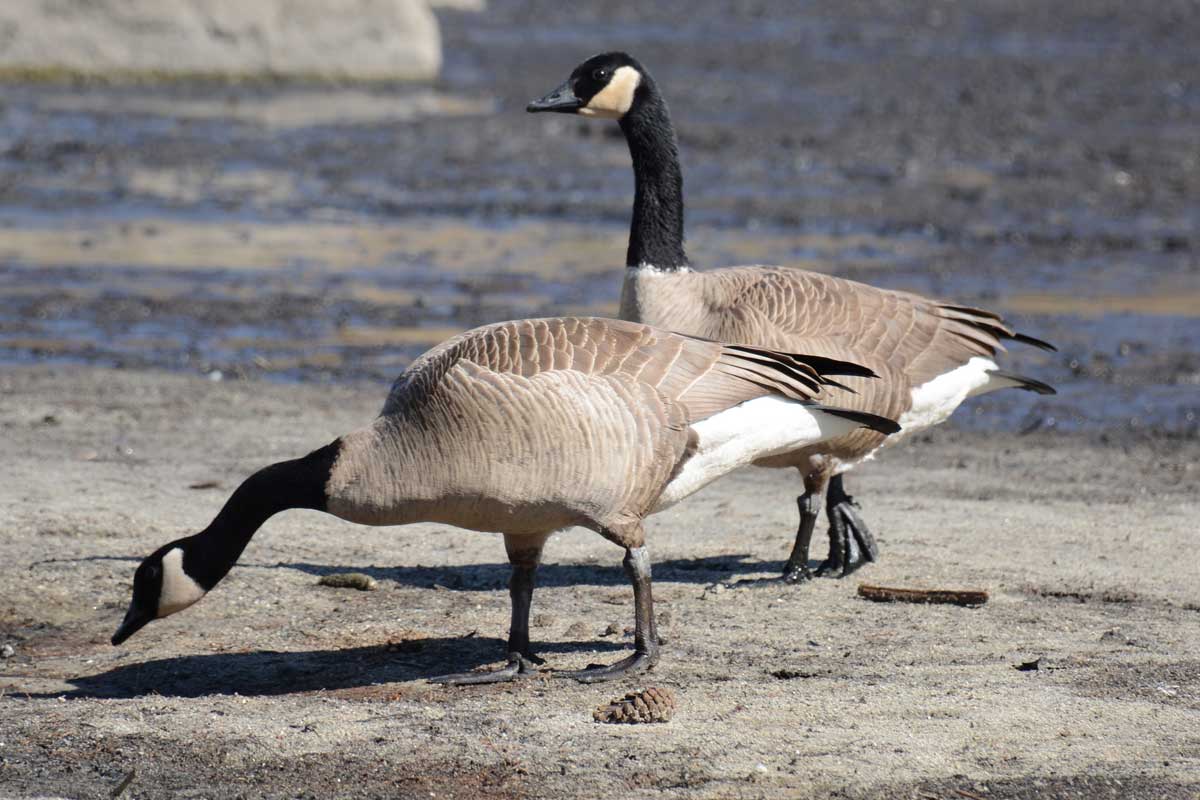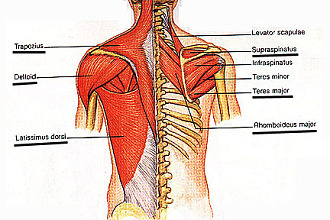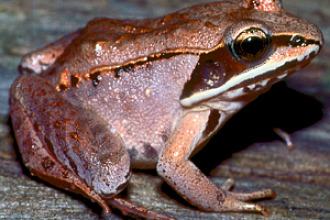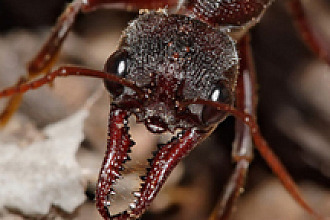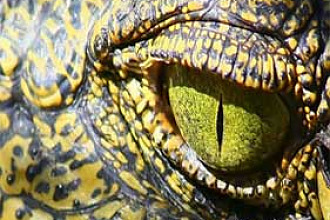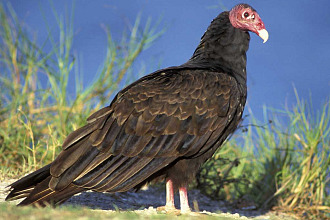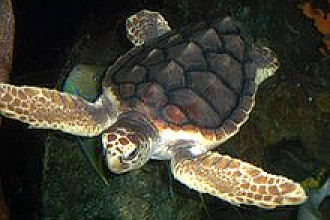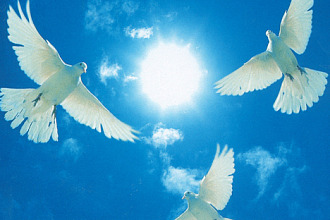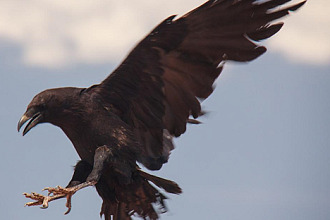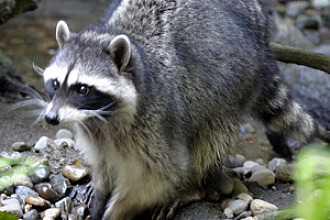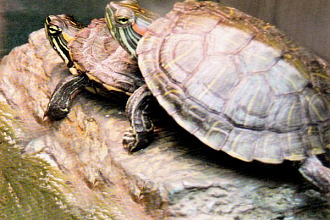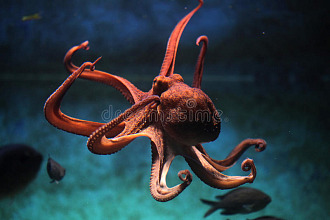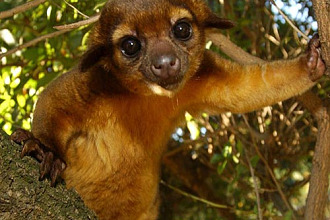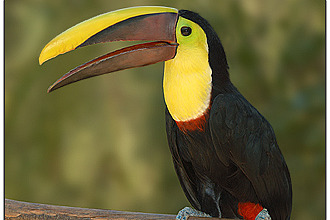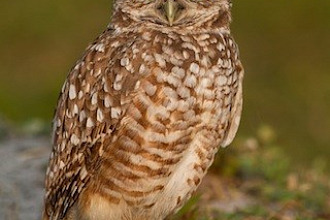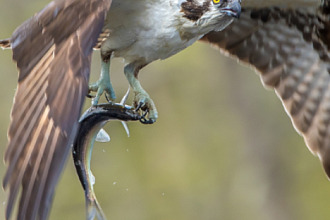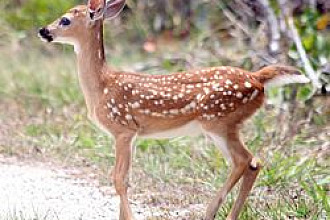You can't mistake the largest of all geese, the Canada Goose, for any other bird. Their size and white-on-black outfits set them apart. These geese, weighing approximately 20 pounds as adults, have distinctive white cheek patches that contrast with the black on their heads, crowns, bills, necks, legs, and feet. With their long necks and loud honks, they stand out whether in flight, wading in marshlands, or waddling to the nest they may have built alongside an airport runway!
They easily adapt to the presence of humans, but aircraft do not adapt to them! You may remember a collision between Canada Geese and an airplane over NY City when God's hand was with the skillful pilot who set his aircraft down in the Hudson River—thankfully with no loss of human life!
Canada geese breed earlier in the year than most birds, and their Creator's programming of that is not by accident, because conveniently the young hatch when their plant food of aquatic vegetation, grasses, roots, and young sprouts is in its prime!
Right after mating, the father begins molting, and while his flight feathers are growing back he assumes his not-by-accident job protecting his life-long mate and any offspring they will have. Meanwhile mother goose has her own serious egg-laying assignment to face, since it takes a full day for her to lay each of the five to seven eggs of the year's clutch!
Canada geese usually feed about 12 hours a day, storing fat for their long migrations from North to South and back—returning always to the birth location of the female. Their not-by-accident travel schedule is set in motion after the month long incubation period for their eggs, watched over by both parents. (The farther north the eggs are laid, the shorter the nesting and incubation. Because summers up there are shorter, a shorter incubation provides extra time after hatching for babies to consume nourishment for their upcoming trip.)
When they first hatch, the goslings are led by one parent to the nearest water hole. The other parent brings up the rear of the "march." The Canada goose is one of the most family-oriented waterfowl to be found! And both are ready to hiss aggressively if danger threatens. By their second week, the goslings are clumsy, fuzzy gray birds, eating almost continually to gain the weight, feathers, and strength necessary for their migration south.
When the goslings are five weeks old, the mother goose begins molting also, and the timing of her feather regrowth is not by accident. By the ninth week of the goslings' lives, when the young goslings have fully developed their own first set of wings to look like miniatures of their parents, mama's feathers have grown back in also. Now the family is ready for their sometimes 600-mile-per-day air flight in V-formation. During the migration, they'll be positioned so the air currents will be most advantageous, with rotation of lead birds, and honking announcements to the world of changing seasons,
Few humans realize what an extensive communication system these large birds have. Researchers have found they communicate among themselves with 13 different sounds including contentment, warnings, greetings and in-flight orientation. Their not-by-accident communications begin while the baby geese are still within their eggs—perhaps during those last couple of days when the baby must peck its way through the shell with its not-by-accident egg tooth the Creator placed at the end of its bill. Who knows? Perhaps they're expressing excitement that they will soon be able to be out and about and free, never dreaming that their parents will just take them for a swim on their first day after hatching!
So much soaring adventure awaits them! Much awaits us, too! It's OK for us to get excited and start talking about the wonderful soaring surprises just ahead that our heavenly Parent/Creator has promised us! He hasn't forgotten. We're on His mind!
Reference:
"Not by Accident," Juanita Kretschmar.

